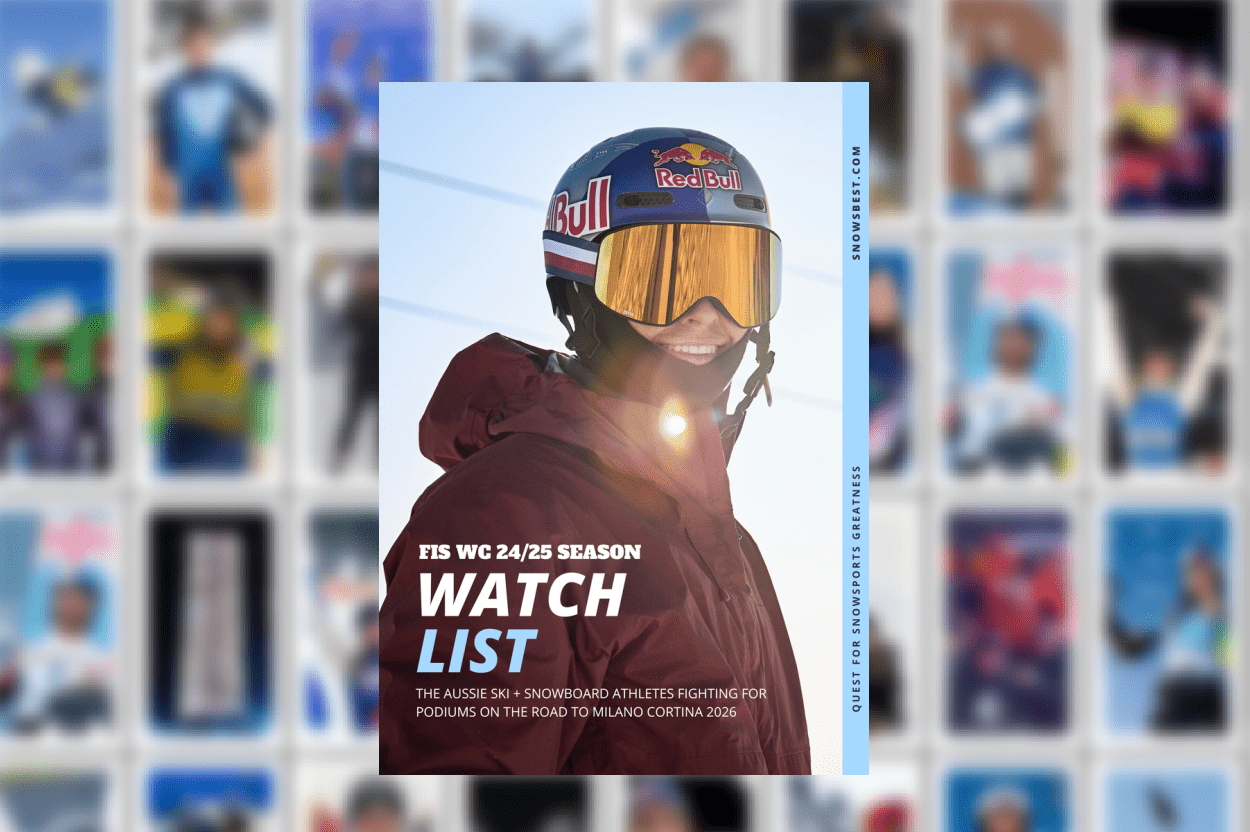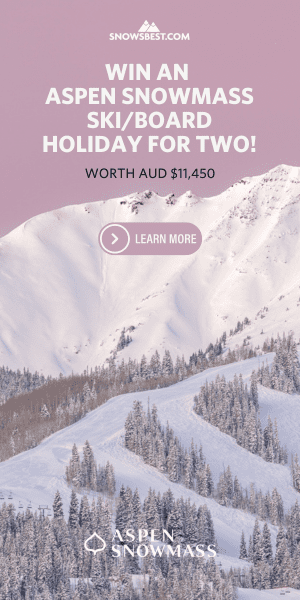You’d think if you’d spent $11.3m on a reservoir for snow making that you’d actually be able to use it for, well, snowmaking.
Mt Buller skiers and boarders have been up in arms over the lack of snowmaking the first half of the 2024 season, despite temperatures being optimal in both June and July to create mountains of snow and the introduction in 2020 of the $11m Boggy Creek reservoir for this very purpose.
The resort has not one but five snow factories (with a mix of funding between the resort and the State Government) plus around 300 snowmaking guns and yet a combination of both Mother Nature and government water restrictions has left skiers and boarders (and management) frustrated. With no bore on site, there’s no backup for other water sources separate to Boggy Creek.
“Have you heard about Mt Buller’s snow water troubles this year? Best weather for snow making in years and no water. Apparently if the flows downstream aren’t up then they can’t pump to fill their new dam,” wrote one skier in our messages to prompt this article.
“We’re bewildered as to why Mt Buller isn’t snow making to the max (as they would have every single other year in our 20+ years of experience up there) and getting more intermediate terrain open,” wrote another.
Of course, we’ve also heard all the conspiracy theories from “they forgot to renew their water licence” to “they haven’t paid the water bill.”
The truth is a little more complex than that. Mt Buller’s $11.3m 100 mega litre Boggy Creek reservoir (funded by State Government, Buller Ski Lifts and Mt Buller Mt Stirling Resort Management) opened to much celebration in 2020.
Not the first time snowmaking solutions had been heralded by Buller. The resort in 2007 announced they would become the first alpine resort in the world to implement a system that enabled it to use recycled water for snowmaking.
The $3.43 million Water Reuse program showed Mt Buller’s commitment to the longevity of the snow season, enabling them to recycle up to 2 million litres of waste water per day, by treating waste water with a stringent disinfection process that results in the production of Class A recycled water for snow making. Class A is the highest achievable standard in recycled water. They even won a United Nations award for the process.
And yet somewhere between announcements, trials, winning awards and 2019, the Water Reuse system was discontinued for what we can only determine were “health reasons” despite no-one’s health having been reported thus far as compromised. Conjectured truth is more likely that the potable water and the snowmaking water were not sanctioned off from each other or rather that the combination of the cost of recycling and the actual amount of water generated simply wasn’t “cost effective” as reported.
So, now there’s not even recycled water for reuse and a dam that has minimal water (we’ll get to why in a second) in a year when temperatures have been optimal for snowmaking.
In 2024 snowmaking terms, if there had been water in the dam at the start of this winter then Buller Ski Lifts would have been able to make snow for an additional 150 hours so far this season. The snowmakers this season have used just half the amount pumped in 2019 (before the 100 megalitre dam was built).
“The lack of access to water for snowmaking this winter is very frustrating and disappointing,” says Buller Ski Lifts General Manager, Noel Landry.
“Alpine resorts in Victoria contribute $2.14bn annually to the state economy, largely during our snow season, and we need a reliable supply of water to underpin the survival of our vibrant alpine village and the ski area.”
Boggy Creek Reservoir was created with the idea that during summer water could be used for fire fighting and village living and in winter Mt Buller could pump water from the reservoir for both potable (recreational use for showers, kitchens and the like) water and for snowmaking during winter. But the access licence to utilise this was minimal, originally four months of the year and then after some serious negotiating from Alpine Resorts Victoria this was extended to six – May to September.
Come May to September the resort needs to ensure there is enough potable water for the village to run and then utilise what they can for snowmaking. This means the resort starts each winter with almost no water in the 100 megalitre reservoir (unless there has been early season rainfall) and has six months to use it – no precipitation means no dam refills as the creek will run too low.
Mt Buller, being on top of the mountain relies on accessing water from the top of the mountain, if it’s not high at the headwater then the reservoir won’t be high either.
“The root of the problem is water hasn’t fallen out of sky when it normally does, we built this big dam and it has solved some of our problems but we’re still reliant on having the water to refill the dam,” says Alan Arthur General Manager of Mt Buller and Mt Stirling (Alpine Resorts Victoria).
While many have pointed out that nearby Lake Eildon is close to full, there is no pumping source from the lake to Mt Buller, so the lake capacity is irrelevant and currently not an option.
“We are working closely with government to address this critical resource challenge which negatively impacts every business in resort and down the valley,” says Landry at Buller Ski Lifts.
Meanwhile the Mt Buller Alpine Resorts Victoria arm is also sifting through solutions to address the problem.
“We are looking for other sources of water and we’re turning over every stone we can to find a solution to this problem. Is the dry start to this season unusual? Yes, but it is also an unpredictable climate,” says Arthur.
“We don’t want to cross our fingers and hope that it doesn’t happen again, so we are working with Goulburn Murray Water and DEECA and looking into all the options we have for long term water security. We are invested in solving this problem.”
Word is they are considering the Integrated Water Management Plan and are working closely with Goulburn Murray Water on options in a bid to secure long term water supplies.
Over to you state government.
*this piece has been updated at 9.48pm

































